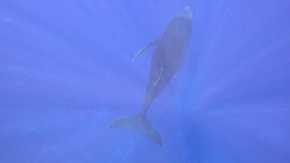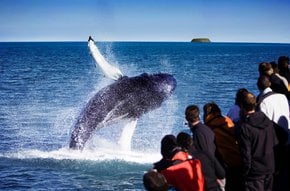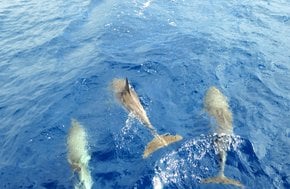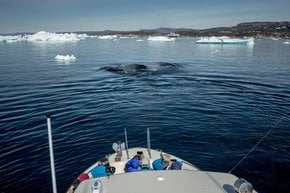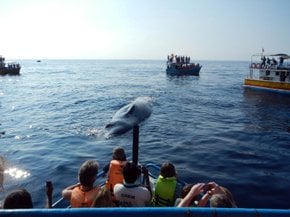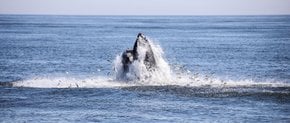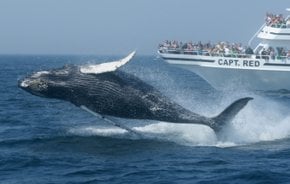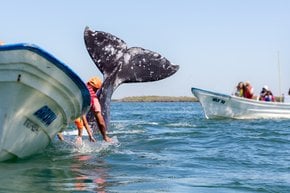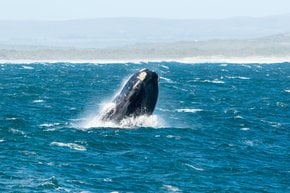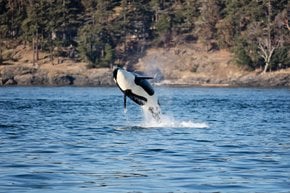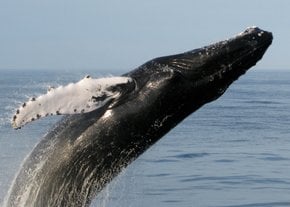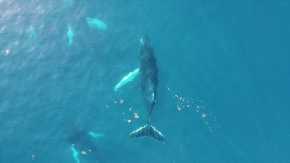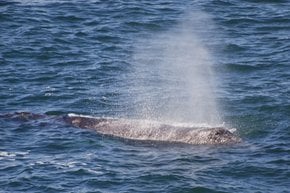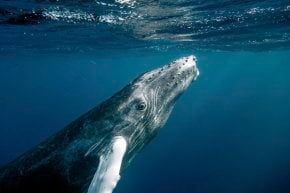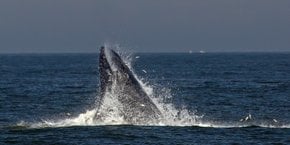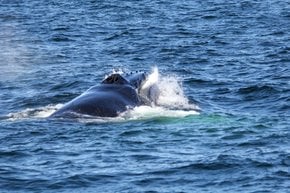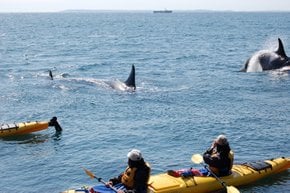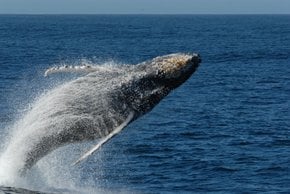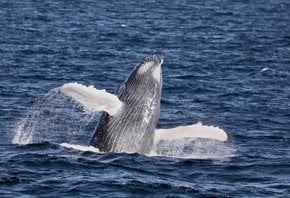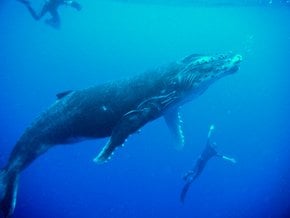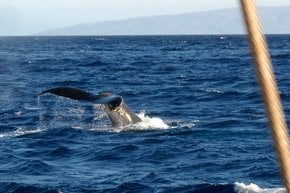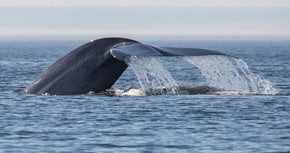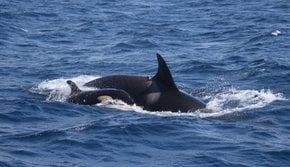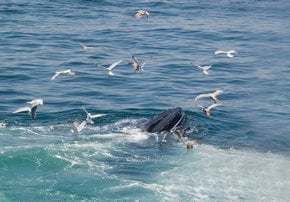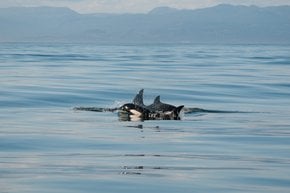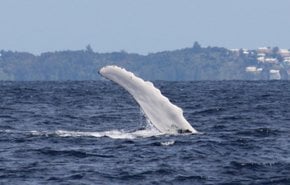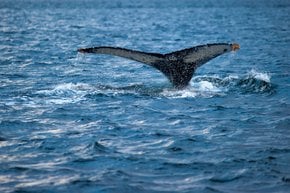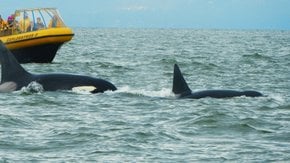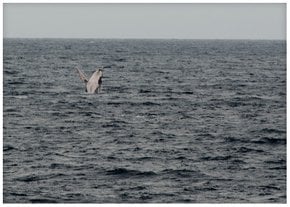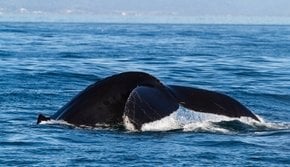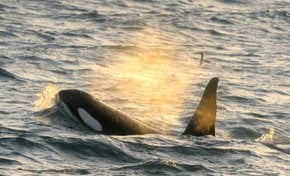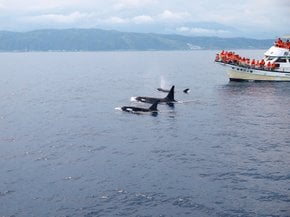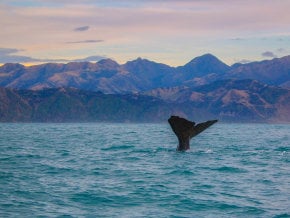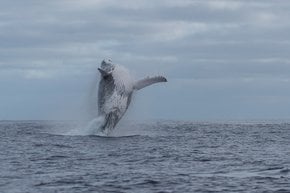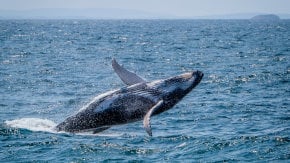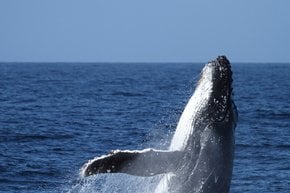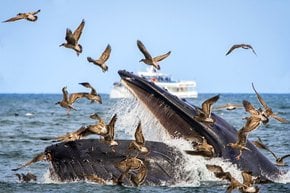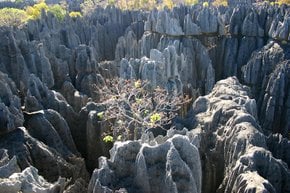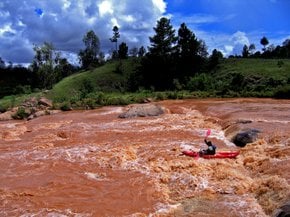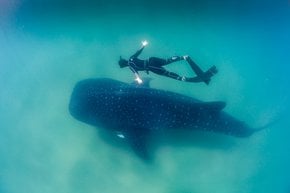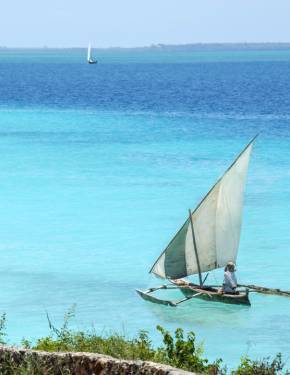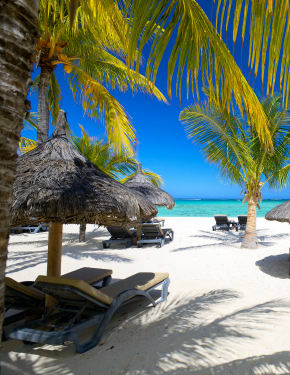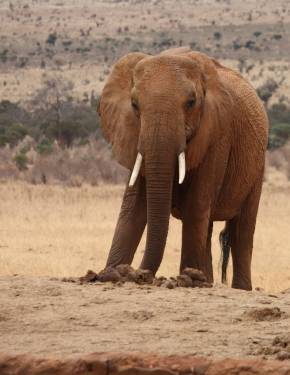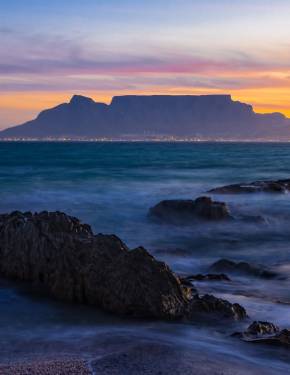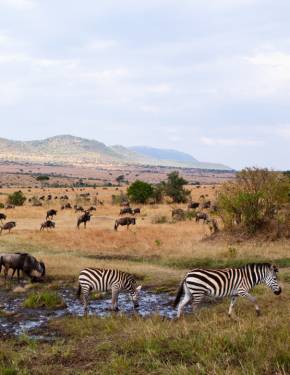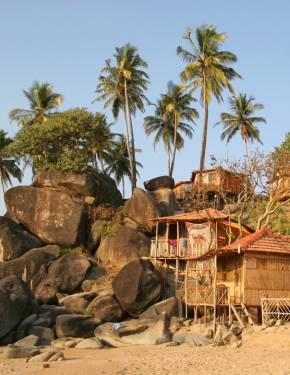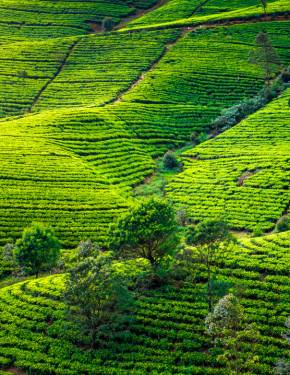Whale Watching in Madagascar 2026
Acrobatic humpback whales perform spectacular leaps above the ocean
Best time: early June–late September
During summer, humpback whales come closer to the surface to entertain visitors with their acrobatics along the eastern coast of Madagascar, particularly in the Saint Marie Channel. Here, they breach the water and slap it with their tails while also singing their distinctive songs. Each year, these magnificent creatures migrate from the South Pole to this protected area, staying for four months to nurture their calves. By September, the whale families head back to the South Pole.
Whale-Watching Season
Humpback whales can be observed in Madagascar from June to September, with July and August as the prime months for sightings. During this breeding season, these magnificent animals are present in significant numbers, offering visitors an incredible opportunity to witness them. Tourists can enjoy favorable weather conditions during this time, all while appreciating the stunning beauty of the ocean.
Humpback Whales
The humpback whale is the most common whale species seen in Madagascar, with thousands migrating annually from Antarctica to the warm waters around Île Sainte-Marie for breeding and calving between June and September. Known for their large size, long pectoral fins, and unique tail flukes, humpbacks are easily identifiable by their dark backs, lighter undersides, and knobbly head tubercles. Their acrobatic displays—such as breaching, fin and tail slapping—and complex, population-specific songs make them one of the most recognizable and captivating whale species. Rare sightings of Omura’s whale also occur, especially near Nosy Be and Nosy Iranja.
Île Sainte-Marie
Île Sainte-Marie, or Nosy Boraha, lies off the eastern coast of Madagascar and is accessible by flight from Antananarivo or by boat from Soanierana Ivongo. This idyllic island is an ideal location for whale watching from June to September when humpback whales visit the area. With its beautiful white sandy beaches, swaying palm trees, and a historic pirate cemetery, the island offers a stunning backdrop. The narrow channel between Sainte-Marie and Madagascar serves as a sanctuary for these whales. It allows travelers to spot them easily from the shore or take boat tours with conservation-minded operators to witness the whales breaching and slapping the water around them.
Other Locations
Migrating whales from Antarctica split into two groups upon reaching Madagascar, with some heading to Ifaty in the northwest instead of Île Sainte-Marie, providing ample whale-watching opportunities. From August to November, these whales can also be spotted around Tsarabanjina and Nosy Be on the western coast. Nosy Be is famous for swimming with gentle whale sharks, the largest fish in the sea, and offers excellent snorkeling and scuba diving.
The area is also home to Omura’s Whale, with the largest pod ever discovered—80 whales and calves—sighted here in 2016. This has attracted marine biologists to set up research centers. Whale enthusiasts are sure to have an incredible experience in Madagascar, with other great locations including Antongil Bay, Anakao, Toliara, and Majunga.
Whale-Watching Tours
Whale-watching tours in Madagascar are typically offered from June to September, with peak sightings in July and August. Standard tours, lasting 2 to 4 hours, cost around $50 to $100 per person, while more extensive multi-day packages that combine whale watching with other activities like lemur spotting can range from $1,500 to $2,000. These tours are popular during the season, so booking in advance is recommended. Most packages include guided services and, for multi-day options, accommodations and park fees, ensuring a well-rounded wildlife experience.
Other Marine Animals
Apart from humpback whales, visitors can spot a variety of sea creatures during a whale watching experience in Madagascar. Dolphins, sea turtles, and different species of fish are commonly seen. People should expect snorkeling opportunities to explore coral reefs and other marine environments along with an engaging whale watching experience.
Safety Tips
For the safety of whales and other marine life, whale-watching tours in Madagascar follow strict guidelines. Tourists must maintain a respectful distance to avoid disturbing the animals and refrain from making loud noises or throwing any objects into the water. Knowledgeable tour operators inform visitors of these rules to ensure a peaceful and responsible whale-watching experience.
Photography Tips
Taking a great whale photo requires patience and quick reflexes. Watch for signs like diving birds, which often signal feeding whales. Focus on areas with bird activity, as the whale may surface suddenly. For shots of breaching or tail flukes, look for a whale arching its back—this usually means it's about to dive. Breaching is harder to predict, but if it happens once, it might happen again. Use a wide-angle lens for ocean scenery and a shorter lens for action shots, as it’s easier to track the whale.






